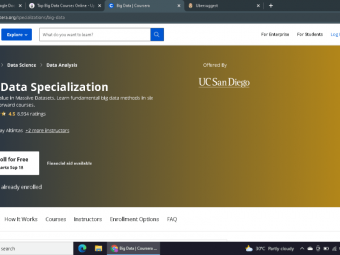support@gradar.com twitter.com/gradardotcom
You are here:
Job classification is a qualitative form of non-analytical evaluation that compares jobs to predefined class descriptions for each job level. Considering different categories of tasks and responsibilities, jobs are placed in whichever classification best describes them. This approach is most common in compensation surveys and collective labor or shop agreements.
Non-analytical job matching is based on the level - or grade - descriptions of a predefined structure. To decide where to put each job, grade definitions are used that cover characteristics like skill, decision-making and responsibility - but only as a group. There is no separate analytical evaluation conducted or needed to classify a job. For the purpose of job evaluation, the whole-job description is compared to the grade definitions. Then it is determined which level the job most closely correlates with and is placed into the grade structure. Most compensation survey vendors use a combination of job classifications and comprehensive job family descriptions to determine a benchmark survey job match.
These generalized grade definitions are not much help in making structured detailed comparisons between individual jobs. And it’s tricky to fit complex jobs into a grade without using over-complicated grade definitions. From a scientific point of view such extensional definitions are problematic as they can only contain what was known about and to be expected of jobs at the time of writing.
In the UK and many other countries, only analytical methods of job evaluation should be used as a defence in an equal pay claim. While it’s important to distinguish between the different approaches, in practice it’s very difficult to do so.
Another challenge users of non-analytic methods face appears when there are very heterogeneous populations of jobs in an organisation. An analytic scheme provides the option to reach the same grade with different combinations of factor levels. A non-analytic levelling structure is more static and it can be very difficult to assign the correct level to a job that is “in between” two levels or combines requirements that stretch across several levels.
Our read-across compensation survey rosetta stone provides orientation for comparing gradar grades with job classification and levelling systems from several survey vendors as well as national labour agreements. This overview facilitates the participation in surveys and is the foundation for our compensation benchmarking features in gradar.
gradar is an analytical, point-factor based job grading system developed for modern day requirements. Focusing on agility, transparency, fairness and ease of use, gradar comes with a future-proof set of factors and career paths.
Read more about Job Grading with gradar, download our brochure or sign up here for free.
would you like to know more?
learn more about gradar, our job evaluation system
sitemap
support
Germany
QPM Quality Personnel Management GmbH Am Haferkamp 78 40589 Düsseldorf Germany
United Kingdom
gradar Limited St James House 13 Kensingston Square London, W8 5HD, United Kingdom
USA
gradar, LLC 166 Valley Street Building 6M #103 Providence, RI 02909 USA
 Pny 128gb Elite X Class 10 U3 V30 Microsdxc Flash Memory Card 100mbs
Pny 128gb Elite X Class 10 U3 V30 Microsdxc Flash Memory Card 100mbs
 Academy Of Beasts V Shifter Romance
Academy Of Beasts V Shifter Romance
 Beast Academy 5a Practice
Beast Academy 5a Practice
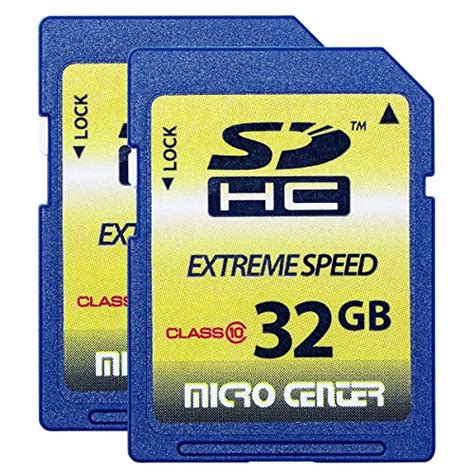 32gb Class 10 Sdhc Flash Memory Card Standard Full Size Sd Card Ush I U
32gb Class 10 Sdhc Flash Memory Card Standard Full Size Sd Card Ush I U
 Go Power F 200 Class T 200 Amp Slow Blow Fuse Silver
Go Power F 200 Class T 200 Amp Slow Blow Fuse Silver
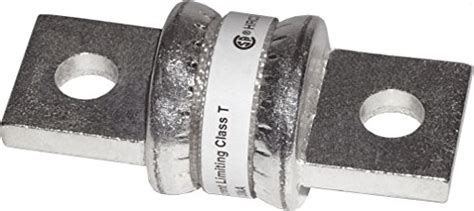 Blue Sea Systems 5116 Fuse A3tclass T 200a
Blue Sea Systems 5116 Fuse A3tclass T 200a
 Eureka Peanuts Classic Characters Deco Kit 840227
Eureka Peanuts Classic Characters Deco Kit 840227
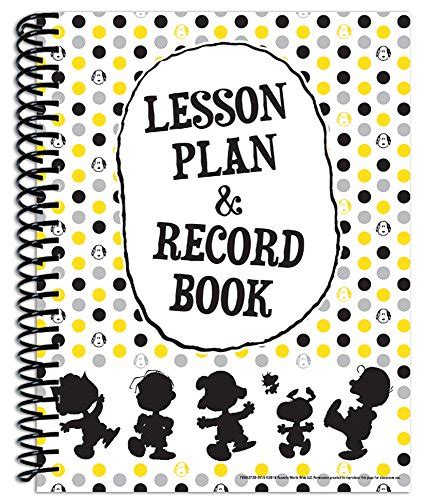 Eureka Peanuts Geometric Back To School Classroom Supplies Record And Less
Eureka Peanuts Geometric Back To School Classroom Supplies Record And Less
 Marathon Revised And Updated 5th Edition The Ultimate Training Guide Advice
Marathon Revised And Updated 5th Edition The Ultimate Training Guide Advice
 La Bella 413p Studio Classical Guitar Strings
La Bella 413p Studio Classical Guitar Strings
 12 Easy Classical Masterpieces For Solo Guitar Complete Classical Guitar Arran
12 Easy Classical Masterpieces For Solo Guitar Complete Classical Guitar Arran
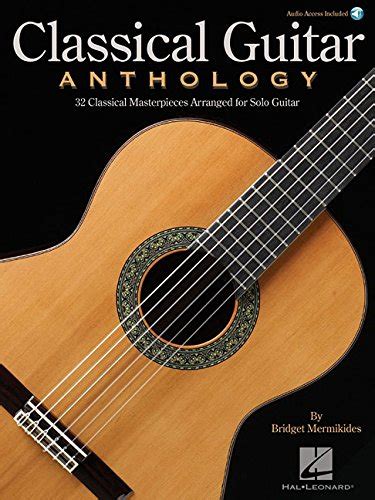 Classical Guitar Anthology Classical Masterpieces Arranged For Solo Guitar
Classical Guitar Anthology Classical Masterpieces Arranged For Solo Guitar









